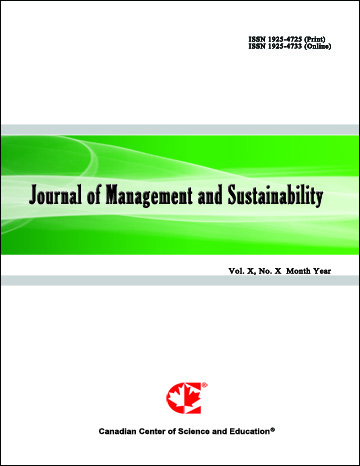3-S BOM: Pioneering Sustainability-Scoring-System for Multi-Functional Product Configurations Based on ESG and Circularity
- Mario Calabrese
- Francesco Mercuri
- Gerardo Bosco
- Jonathan Leidich
- Sophia Giunta
Abstract
The Bill of Materials (BOM) is the primary place where product configurations are formulated and designed. Despite its critical role, the BOM falls short in addressing sustainability concerns. The current state of the art does not capture data on the sustainability performance of suppliers of listed components. Furthermore, the BOM neglects synthetic information on reusability and circularity of components. To overcome these limitations, this study proposes the introduction of a Sustainability-Scoring-System (3-S BOM). The aim is to upscale the traditional BOM to the new sustainability market demand. The 3-S BOM has two purposes: to integrate synthetic data on sustainability and to allow further configurations of products based on diversified sustainability profiles. Specifically, each component, sub-assembly and assembly within the BOM is assigned an Overall Sustainability Score (OSS), which covers three key sustainability areas On the supplier side, an ESG score will be representative of the supplier’s level of sustainability, while on the component side, a Hazardous Substances and Virgin Materials (HV) indicator and a Hazardous Substances and Virgin Materials Circularity (HVci) indicator will assess the sustainability of the components, taking into account their composition and circularity. The customer is actively involved in defining the sustainability profile of the purchased product by defining how the ESG, HV and HVci must influence the final assembly of the purchased product, choosing between different levels of specificity.
- Full Text:
 PDF
PDF
- DOI:10.5539/jms.v14n1p32
Journal Metrics
Google-based Impact Factor (2021): 1.54
h-index (July 2022): 37
i10-index (July 2022): 147
h5-index (2017-2021): 12
h5-median (2017-2021): 19
Index
- Academic Journals Database
- ANVUR (Italian National Agency for the Evaluation of Universities and Research Institutes)
- CAB Abstracts
- CNKI Scholar
- EconBiz
- Excellence in Research for Australia (ERA)
- GETIT@YALE (Yale University Library)
- Harvard Library
- HeinOnline
- Infotrieve
- JournalTOCs
- LOCKSS
- MIAR
- PKP Open Archives Harvester
- RePEc
- Scilit
- SHERPA/RoMEO
- Stanford Libraries
- UCR Library
Contact
- Evelyn XiaoEditorial Assistant
- jms@ccsenet.org
